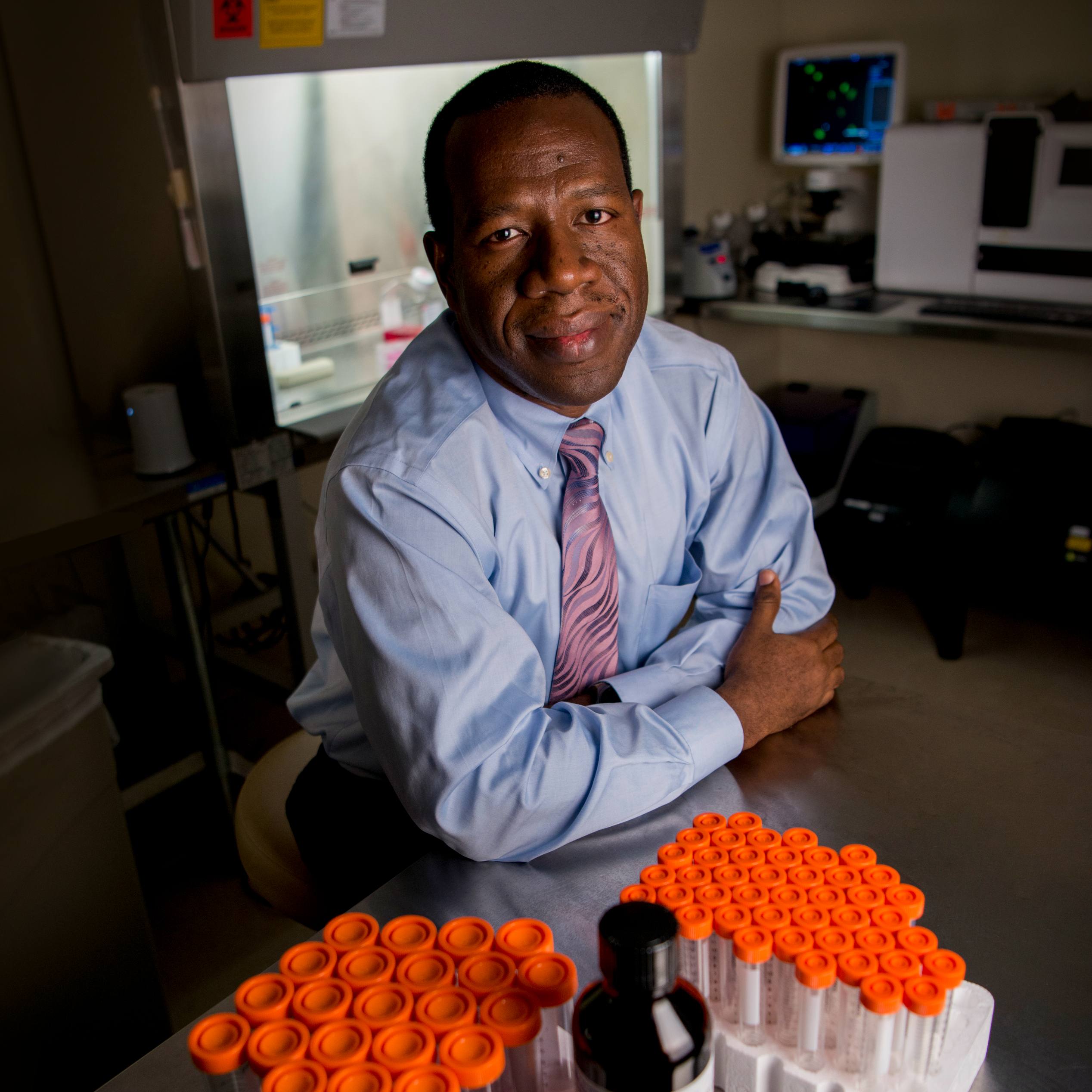-
Science Saturday: Using biological particles from milk to target liver cancer

Among cancers, liver tumors have been particularly hard for doctors to treat. The cancer cells tend to be hardy from the beginning and even undergo changes that make them more resistant to chemotherapies. What’s clear is that an effective treatment needs to reach the cancer cells, and not affect or damage the normal liver.
The trick, however, is getting drugs to the tumor. Researchers have been pinning hopes on getting drugs to cancer sites using the body’s own messaging system—extracellular vesicles, or EVs—tiny pouches released by cells that typically carry molecular messages from one cell to another.
In his lab, Tushar Patel, M.B., Ch.B., dean for research at Mayo Clinic’s Florida campus, investigates using these EVs as a way to deliver drugs and treatments into cancer cells. “EVs are released by many types of cells, and can even be found in most if not all bodily fluids,” he explains. “But in order to use them for cancer treatment, large quantities of EVs need to be available.” Read the rest of the article on Advancing the Science.
___________________________________________
Other Mayo Clinic medical research websites:
- Research at Mayo Clinic
- Discovery’s Edge
- Advancing the Science
- Forefront
- Mayo Clinic Center for Individualized Medicine
- Mayo Clinic Center for Innovation
- Center for Regenerative Medicine
- Center for the Science of Health Care Delivery







